Today’s guest post is by Suse Cairns (PhD candidate and author of the blog Museum Geek) and Mia Ridge Chair of the Museums Computer Group, author of the blog Open Objects and PhD candidate. Suse and Mia recently engaged in a great conversation, via Twitter, with Jasper Visser about the new exhibition of Van Gogh reproductions, and I invited them to respond to his recent post on the subject.
There is something strange about responding to a blog post on the opportunities and challenges of reproductions, having seen neither the “real objects” nor the “real(?) reproductions” being referred to; yet such is the task that we have taken on, following an interesting conversation with Jasper Visser and others about the Van Gogh, My Dream Exhibition, on at the Beurs van Berlage in Amsterdam. What follows is a collaboratively-edited version of the discussion we had about Jasper’s earlier post and the subject of displaying reproductions of artworks.
The materiality and phenomenological experience of the objects cannot come into the discussion for us; instead we must put ourselves into the place of an imagined audience member seeing reproductions of Van Gogh’s works “(partly) restored to their original colours” and 3D animations inspired Van Gogh’s works and letters. Would we indeed get a new interpretation of the paintings, as Jasper asserts, like seeing a modern production of Shakespeare or hearing Vivaldi performed by contemporary musicians? Are these old paintings made fresh through the marvels of Photoshop; or are the Photoshopped works made valuable because they represent a connection with the original paintings? How much does the association with the past, or with the “real” object matter in such an exhibition?
It is worth noting that the digital reproductions in this exhibit aren’t just reproductions; they are reproductions of objects that carry a devotional focus for art lovers. They also promise to show something new, something important—access to a past that is both real and imagined. The works are presented as refreshed and contemporary; connected with the technology and culture of now while speaking of the world of the past. By presenting visual information now lost from the original artworks, these objects invert the usual characteristics of reproductions, re-producing the “experience of authenticity”, an experience which normally, “has to do with the surplus of information presented by the original object, a surplus that is stripped away to greater or lesser degrees by different forms of reproduction” (Dustin M. Wax in ‘The Anthropologist in the Museum: What Is a Museum?).
When we first discussed this exhibition on Twitter, someone asked whether reproductions open up whole new business models for museums, to “Buy one copy each of good stuff, then clone the museum :)” This is not a new question; numerous museums are filled with fictive ivories and other forms of reproduced works, which cloned and made transportable cultural knowledge. Indeed, Fiona Cameron proposes that “reproductions are the means by which cultural capital is spread, and the rules and habits of looking are developed,” (Fiona Cameron, ‘Beyond the Cult of the Replicant’, in Theorizing Digital Cultural Heritage, pp 55) which would suggest that we learn new ways to see the world through our reproductions, just as much as our “real” objects.
But as 3-D printing and digitally enhanced works of art become more available, are there new possibilities for museums to “print on demand”? This could be useful, given the limitations on budgets (particularly for insuring travelling exhibitions) and storage space. As Elizabeth noted in the discussion around Jasper’s post, “Perhaps the collections plan of the future will include a section on materials that will be maintained as digital data, and fabricated as needed…” If so, do these reproductions become new “objects” as much a part of the collection as the “original” object? And if the museum-going public can print their own versions of objects, their own reproductions, will they still seek them within the context of the museum?
Or is this sense of competition between the real and the reproduced object a figment of our imaginations? The existence of traditional methods of encountering reproduced artworks in catalogues and poster prints do not make the queues for blockbuster exhibitions any shorter. Perhaps the experience of getting to view the Van Gogh works of art in full light with reconstructed colours enhances the experience of viewing the real artwork, like the moment when you’re finally at the concert of a band whose albums you’ve had on repeat for a week beforehand.
Jasper makes this point in his post:
There’s no need for an original object to tell a story. Thereis, however, a need for original objects if you want to show original objects. I don’tthink anybody checks the Mona Lisa off their list after having seen a copy (or do they?)
Van Gogh, My Dream Exhibitionraises fascinating questions about the relative importance audiences place on experiencing the content—the image in front of them, whether on a screen, a poster or an expensive photographic print—versus the physicality of the artwork. It provokes questions about the role of the venue in the museum experience. How important is being in a particular place at a particular time with a particular group of people? Is it a key part of the museum visit, or just a side effect of displaying groups of artworks in galleries? If the reproductions were released online, would the audience still want to experience them in a physical gallery, or do they go to the gallery because that’s the only way to gain access to the new visual information contained in the reproductions? Or do they go because it’s a more accessible experience than a traditional art museum?
Reproductions don’t diminish the importance of the physical artefact—who hasn’t stood in front of a painting by an artist you admire, caught by the knowledge that this object was intimately associated with them, physically shaped by their hands over a period of time? Still, while we have’t heard the voices of those who have chosen not to attend Van Gogh, My Dream Exhibition, it seems that some audiences do value the gallery context enough to pay to see reproductions as an exhibition experience.
What do you think?

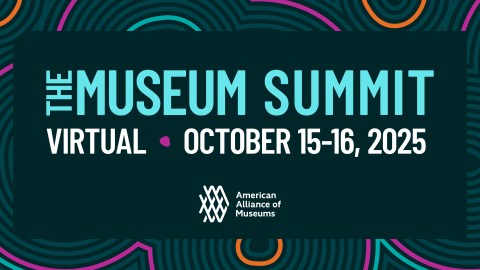
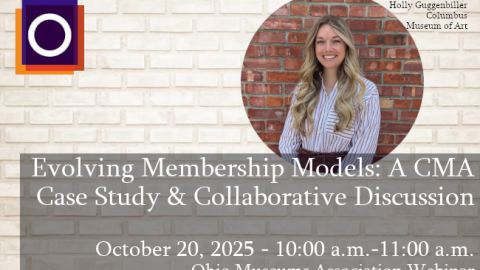
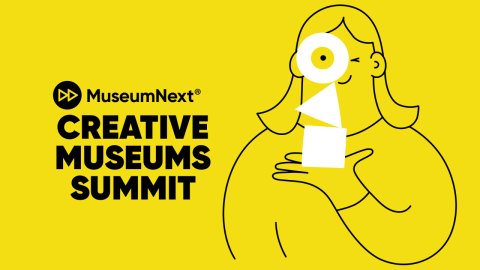


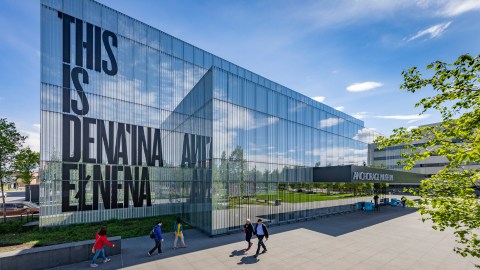
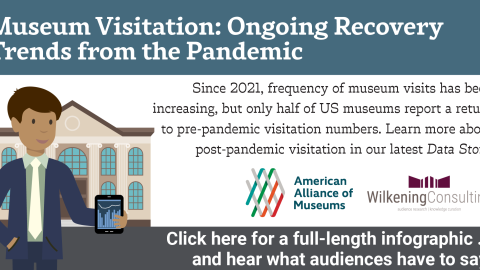
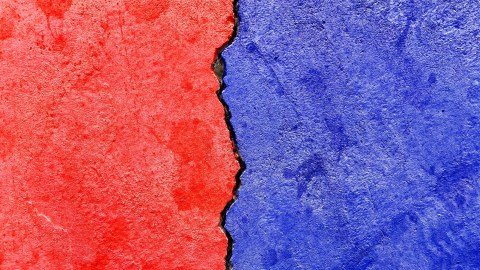
Fascinating idea–brings up all kinds of Benjamin & authenticity ideas so important to museum studies. It will be extremely interesting to see whether or not reproductions would ever catch on with audiences. I would think that it would be particularly important with reproductions for 1) the museum/gallery to make clear that they're working with reproductions and 2) bringing new, intriguing curatorial thought to objects becomes all the more important with reproductions in comparison with originals because of audience expectation. For example, while it might be sufficient for audiences for a museum to simply line up a bunch of original objects chronologically and not give too much new thought to these pieces (their originality is novel enough), novelty/ingenuity will be key to displaying reproductions. Speaking of reproductions, I was especially impressed with the Detroit
Institute of Art's inside/out initiative reported in AAM's TrendsWatch, which brought “nearly 80 high-quality, life-size
reproductions of some of its greatest paintings [to] 11
cities in southeastern Michigan.
One final point: displaying reproductions in museums is not new at all. Copies of life casts of famous peoples limbs, copies of busts/sculptures, etc. abound in older collections.
I would love to see some followup after this exhibition is over about audience response! Thank you for the interesting post.
Good point about the history of reproductions, lotusmoss. I particularly think of dinosaur skeletons, which are often are cast reproductions, due to the weight and fragility of the original bones (not to mention the fact most skeletons are incomplete and need to have the missing pieces subbed in.) Some museums make it really clear which are original material and which are casts, others don't. I'm not sure most visitors care! And true about the long history of plaster casts of famous sculptures in art museums. But reproductions of paintings INSIDE the museum is a new one on me. Museums put a lot of emphasis on the unique value of the real, original object (thus justifying the expense of acquiring and caring for collections, as well as staking out our competitive advantage). So I'm very interested in seeing whether museum-like exhibits that use reproductions are successful.
Another point that came up when I was discussing this post with Mia and Suse is the phenomenon of tribute bands. People will choose both–seeing a Kiss-knock off (just see how many there are! http://www.kissfanshop.de/TributeBands/TributeBandsenglisch.htm) as well as paying a premium price to see the real thing. Maybe they are simply different experiences.
Which remind me to ask Jasper what the ticket price for the Beurlag exhibit is, compared to the ticket price for the Van Gogh Museum.
I agree that museum visitors don't care about reproductions mixed in with the real. I just think that if museums are doing a whole exhibition of reproductions that the reproduced quality of the objects should be central to the exhibit (or else, if concealed, it reads more like an installation art piece examining ideas of reproducibility…).
Also, you have to wonder if discussions about reproductions with the Van Gogh exhibit is a bit deceiving since people might be more willing to look at reproductions by such an iconic painter, and since for the museum, it promises to be a commercial success both in ticket sales and reproduction sales (that shop tab is quite prominent at the top of the exhibit page…). What would happen if it were an exhibition of relatively unknown painting reproductions? Iconicity, commerciality, and reproduction have to be central in this discussion.
To your point about the particularity of paintings (as opposed to fossils, music, etc.). What is it about paintings in particular that makes their reproduction tenuous? I'm guessing process of one-offness(as opposed to photos and printmaking, which have multiplicity as part of the creation process)?
Ack! Accidentally deleted my comment.
Last year, I saw a traveling exhibition of artwork from The Vatican that contained a large number of reproductions and it didn't seem like visitors were bothered by it. For me, the chance to see an expertly made reproduction of something that I would never have the opportunity to view in my lifetime was a great experience.
Great conversation. Elizabeth, I love your point that seeing a band and its tribute because "maybe they are simply different experiences." They also refer to one another. If you've only seen the copy and have fallen in love with it, imagine how much you'd anticipate seeing the real band (or real object). If you have seen the band or object, and cannot get in to view it again, but can have something of the same feeling recalled to you through the copy, viewed in a similar environment or context (going to a music venue, going to a gallery), how wonderful to conjure up something of that prior or existing feeling. Each becomes the referent of the other, doesn't it?